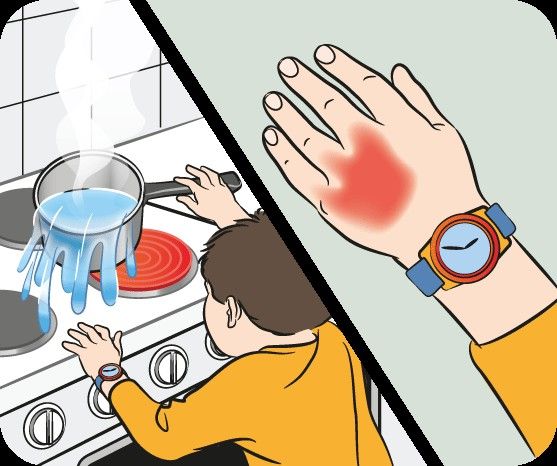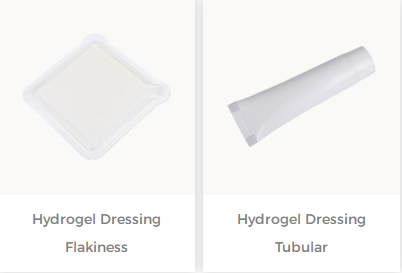Pediatric burns are a common injury, especially in developing countries, with an incidence of up to 10% of children. Burns are not only physically painful, but they can also take a toll on mental health. Therefore, cleaning the wounds of pediatric burn patients is of paramount importance. For pediatric burn victims, cleaning the wound requires patience and care. Parents or caregivers should clean the child's wound daily, keeping the wound clean and dry. When cleaning the wound, you should wipe the wound gently, and avoid washing the wound with hot or cold water, so as not to irritate the wound.
Burn care steps:
Step One: Keep It Clean
Before cleaning a wound in a pediatric burn victim, first, make sure the area around the wound is clean. If there is contamination around the wound, it needs to be cleaned and treated first. When cleaning the wound, you should avoid using products or methods that are too irritating, so as not to cause discomfort and pain to the child.
Step Two: Prepare Your Cleaning Items
Cleaning items need to be prepared before cleaning the wound. These items include clean gauze, water, saline, alcohol swabs, hypochlorous acid antiseptic wound cleaner, etc. When choosing cleaning items, you should choose soft, clean, and non-irritating products to avoid damage to your child's skin.
Step 3: Disinfect the wound
Before cleaning the wound, the wound needs to be disinfected first. Wiping the wound with an alcoholic cotton ball can kill bacteria and viruses on the surface of the wound and help prevent infection.
Step 4: Clean the wound with a cleanser
Using hypochlorous acid antiseptic wound cleanser is a common method of cleaning wounds. This cleanser can effectively remove dirt and necrotic tissue on the surface of the wound and play an antibacterial role. Pour an appropriate amount of detergent on clean gauze, and gently wipe the wound surface to remove dirt and necrotic tissue on the wound surface.
Step 5: Wash the Wound
Use normal saline and water to clean the wound surface with cleanser, which can ensure that the cleanser will not enter the wound, and at the same time keep the wound clean and dry.
Step 6: Disinfect the wound
After cleaning the wound, the wound needs to be disinfected again to kill bacteria and viruses on the wound surface. Wiping the wound with an alcoholic cotton ball can kill bacteria and viruses on the surface of the wound and help prevent infection.
Step Seven: Apply a Clean Dressing
Finally, for pediatric burn victims, Hydrogel Dressing Wounds can be used after the wound has been cleaned. Hydrogel Dressing maintains moisture in the skin around the wound, helping to promote wound healing. It also absorbs heat around the wound, reducing pain. The wound should be kept out of contact with water to avoid infection. Until the wound has healed, the wound should be kept out of the sun to avoid sunburn.
In conclusion, cleaning the wound of a pediatric burn patient is a very important task. Parents or caregivers need to clean the wound daily, keep the wound clean and dry, and carefully use sterile cotton swabs and gauze to clean the wound. At the same time, the wound needs to be kept dry and warm, and the wound should be protected from water and sunlight. Only in this way can we ensure faster and healthier wound healing in pediatric burn patients.
For more information on Innomed® Hydrogel Dressing, refer to the previous articles. If you have customized needs, you are welcome to contact us; we will serve you wholeheartedly. At Longterm Medical, we transform this data by innovating and developing products that make life easier for those who need loving care.
Editor: kiki Jia
Date: May 5, 2023

 English
English عربى
عربى Español
Español русский
русский 中文简体
中文简体








